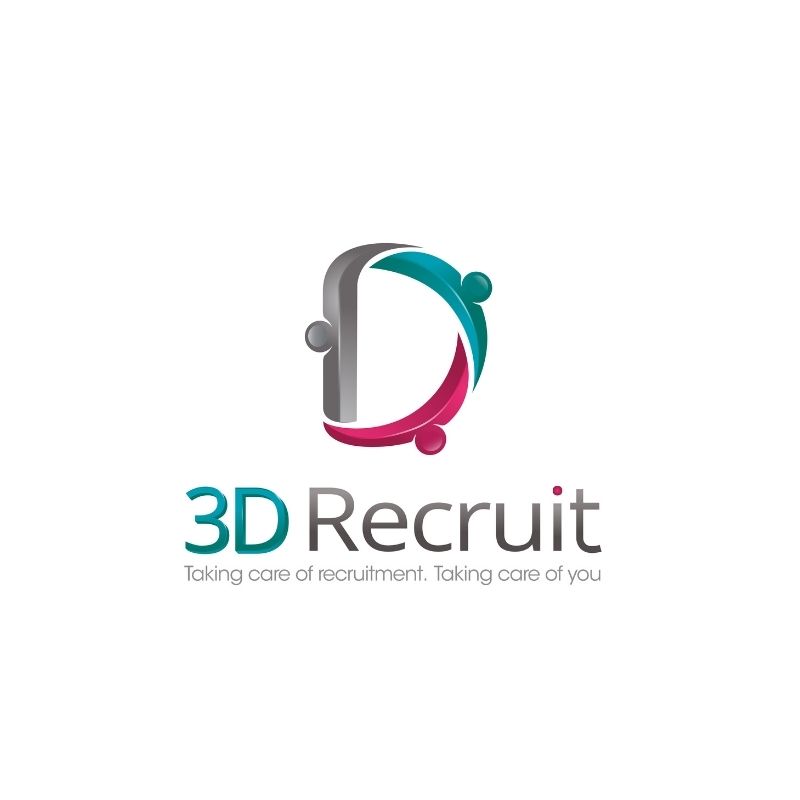Helping Businesses Grow through Microsoft Dynamics Consulting and CRM Solutions
Optimise, streamline, and future-proof your CRM.
Driving growth and customer success.
Trusted Microsoft Dynamics 365 Partner
At QGate, we go beyond CRM implementation: we transform the way businesses operate. As a trusted Microsoft Partner, we help organisations leverage the full potential of Dynamics 365 CRM, Power Platform and Microsfot 365 Copilit, aligning technology with business strategy to drive growth, efficiency, and lasting success. Our consultative approach ensures that your CRM is not just a system but a catalyst for transformation.
Who We Work With
QGate works with leading companies from across the globe



CRM Solutions Overview
Empower your business with CRM recovery and optimisation

CRM Transformation and Optimisation
Revitalise your CRM and turn it into a growth engine. Identify inefficiencies, remove roadblocks, and maximise the long-term value of Dynamics 365.

Sales Process
Optimisation
Redesign and optimise your end-to-end sales process to improve efficiency, transparency and output.

CRM Strategy
& Roadmap
Future-proof your business with a strategic CRM roadmap. From vision to execution, we design and implement a Dynamics 365 solution that ensures measurable success.

CRM Acceleration
& Growth
Take Dynamics 365 to the next level with CRM Acceleration & Growth. Expand capabilities, automate processes, and drive business performance with a scalable, future-proof CRM strategy.

Data Intelligence
& CRM Insights
Transform raw CRM data into actionable business intelligence. Our Data Intelligence & CRM Insights service leverages AI-driven analytics to enhance decision-making, customer engagement, and operational efficiency.

Automation &
AI-Driven CRM
Streamline operations and reduce manual work with Automation & AI-Driven CRM. Enhance efficiency, improve customer interactions, and scale your business with AI-powered workflows and intelligent automation.

Microsoft Copilot
Enablement
Introduce Microsoft Copilot across Microsoft 365 securely and effectively. Ensure teams gain measurable productivity benefits while maintaining control and confidence in AI adoption

Ongoing CRM Support
& Success
Ensure your CRM evolves with your business. With proactive support, health checks, and continuous enhancements, we help you unlock long-term value from Dynamics 365.
Product Overview
Increasing customer engagement and accelerate business growth

Dynamics 365
Sales
Empower your sales teams with data-driven insights. Increase efficiency and close more deals with a collaborative, AI-enhanced CRM.

Dynamics 365
Customer Insights
Automate and personalise customer engagement. Drive smarter campaigns and meaningful connections with AI-powered automation and advanced analytics.

Dynamics 365
Customer Service
Deliver seamless customer experiences at scale. Boost efficiency, enhance customer satisfaction, and turn service into a competitive advantage

Power Platform
Solutions
Power Apps, Power BI, Power Automate, and Power Virtual Agents are Microsoft’s suite of tools for building, analysing, automating, and conversing with data.

Microsoft 365 Copilot
Microsoft 365 Copilot enhances productivity by generating content, analysing data, and summarising information directly within M365 apps like Word, Excel, Outlook, and Teams
QLab by QGate
QLab delivers modular enhancements for Dynamics 365, addressing common CRM challenges.

QLab.Core
Core is a preconfigured Dynamics 365 CRM that gives growing businesses a low-cost, scalable foundation for sales and marketing.

QLab.Engagement
A relationship visibility module that shows who is engaged, how active they are, and where attention is needed across accounts and contacts.

QLab.Milestone
Milestone is a behaviour module that identifies predictable moments of change and surfaces renewal risk and growth opportunity inside Dynamics 365.

QLab.CreditView
Surface real-time credit data and director information directly within Dynamics to support confident, low-risk deal qualification.

QLab.Pipeline
Automatically track opportunity and quote activity using RAG status to give sales teams and managers early visibility into pipeline risk.

QLab.Scorecard
Bring consistency and clarity to lead qualification with a configurable scoring model embedded in Dynamics 365.

QLab.Capture
Ensure accurate lead source tracking—no manual input, just structured data and improved campaign insight.

QLab.Quote
Capture user-submitted issues, suggestions, and questions directly within Dynamics to drive continuous CRM improvement.

QLab.Vision
Deliver instant visibility across CRM activity and performance with a ready-to-use Power BI dashboard foundation.

QLab.Feedback
Captures user requests and support issues at the moment it’s felt, directly from within Dynamics. It logs the context, routes requests intelligently, and ensures every voice is heard.
Frequently Asked Questions
QGate is a UK-based Microsoft Dynamics 365 CRM consultancy specialising in CRM transformation, recovery, and optimisation for SMEs. We help organisations turn complex, underperforming CRM systems into strategic, scalable business assets that drive growth, efficiency, and visibility.
To find out a bit more and to meet the QGate team, you can visit our Resources page and listen to our short QBit video series or subscribe to our podcast QInsights.
We design, fix, optimise, and support CRM solutions built on Microsoft Dynamics 365 Sales, Customer Insights, Power Platform and related AI/automation tools.
Our work includes CRM recovery, new implementations, integrations, process automation, data cleansing, dashboards and reporting, and long-term CRM success management.
QGate works across a wide range of B2B sectors including manufacturing, engineering, fintech, distribution, business services, professional services, and technology.
Our clients are typically UK SMEs with £5m–£50m+ turnover, often with complex processes and/or ambitious growth plans.
Yes. We specialise exclusively in Microsoft Dynamics 365 CRM and the Power Platform because depth delivers better outcomes than breadth.
We often work with partners who deliver other parts of the Microsoft ecosystem (Azure, Modern Workplace, Data/BI, Business Central).
Yes. We regularly integrate Dynamics with:
- ERP systems
- Marketing automation tools
- Customer portals
- Finance, quoting and fulfilment systems
- Power BI and other reporting platforms
Yes. We help SMEs adopt practical AI within Dynamics and Power Platform, such as:
- Automated follow-ups
- Email & content generation
- Predictive scoring
- Workflow automation
- Copilot features
- Intelligent dashboards